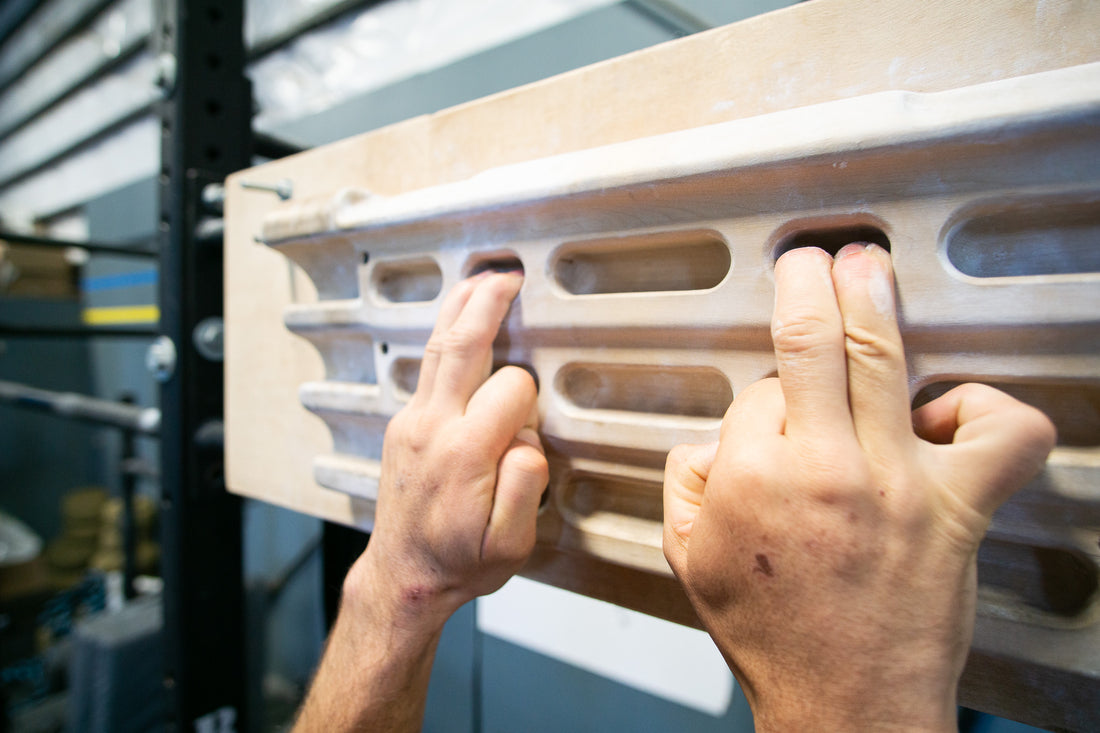
Hangboard Hacks: Maximize Your Grip Strength and Performance
## Hangboard Hacks: Maximize Your Grip Strength and Performance
### Introduction
For climbers, grip strength is paramount. Whether you're scaling boulders or tackling sport routes, the ability to hold onto small edges and tricky holds can make all the difference. Hangboarding is a tried-and-true method to develop grip strength, but not all hangboard sessions are created equal. In this article, we’ll share some essential hacks to help you maximize your grip strength and overall climbing performance through hangboarding.
### 1. Perfect Your Technique
Before diving into the hacks, ensure you're using proper hangboarding technique:
- **Grip Types**: Familiarize yourself with different grip styles—open hand, half crimp, and full crimp. Each engages different muscle groups, so practice switching between them.
- **Body Position**: Maintain a slight forward lean and engage your core. This not only helps distribute weight evenly but also improves stability on the board.
### 2. Progressive Overload
One of the keys to strength training is progressive overload. Gradually increase the difficulty of your hangboard sessions:
- **Increase Hang Time**: Start with shorter hangs (5-10 seconds) and gradually add time as you get stronger.
- **Decrease Rest Time**: As you improve, try reducing your rest intervals to increase endurance.
- **Add Weight**: Once you can comfortably hang on a hold, consider adding a weight vest or a small weight plate to increase the challenge.
### 3. Incorporate Variety
Keep your hangboard sessions fresh and engaging:
- **Mix Up Holds**: Use different types of holds (edges, slopers, pinches) to target various muscle groups and improve overall grip strength.
- **Change Grip Positions**: Vary your grip positions within a single session to challenge your muscles in new ways.
### 4. Use Timed Intervals
Incorporating timed intervals can enhance your workout efficiency:
- **Tabata Style**: Use the Tabata method (20 seconds of work followed by 10 seconds of rest for 8 rounds) to boost intensity. This is particularly effective for endurance training.
- **Repeaters**: Perform 7 seconds of hanging followed by 3 seconds of rest, repeating this cycle for several sets. This method helps build endurance while maintaining strength.
### 5. Prioritize Recovery
Maximizing grip strength isn't just about training hard; recovery is equally important:
- **Rest Days**: Allow at least 48 hours between hangboard sessions to let your muscles recover and grow.
- **Active Recovery**: Incorporate light activities like yoga or stretching to promote blood flow and flexibility.
### 6. Add Core Workouts
A strong core can significantly enhance your hangboarding performance:
- **Engaged Core**: Always engage your core during hangs. This stabilizes your body and allows for better grip engagement.
- **Supplemental Core Exercises**: Include exercises like planks, leg raises, and Russian twists in your training routine to build a stronger core that supports your climbing.
### 7. Mental Training
Strength is not just physical; mental toughness plays a crucial role in climbing:
- **Visualization**: Spend time visualizing successful hangs and climbs. This mental practice can boost your confidence and improve performance.
- **Focus Techniques**: Develop a routine for maintaining focus during training. This could involve breathing exercises or setting specific, achievable goals for each session.
### 8. Track Your Progress
Monitoring your progress can help keep you motivated and informed:
- **Training Journal**: Keep a log of your hangboard sessions, noting hold types, hang times, and how you felt. This will help you identify trends and make necessary adjustments to your training plan.
- **Set Goals**: Establish short-term and long-term goals for your hangboard training. Whether it’s increasing hang times or mastering a new grip type, having specific goals can enhance motivation.
### Conclusion
Maximizing grip strength through hangboard training is a journey that requires dedication, creativity, and smart strategies. By perfecting your technique, incorporating variety, prioritizing recovery, and focusing on mental training, you can significantly enhance your climbing performance. Remember, consistency is key—implement these hacks into your routine, and watch as your grip strength soars, unlocking new possibilities in your climbing adventures!
